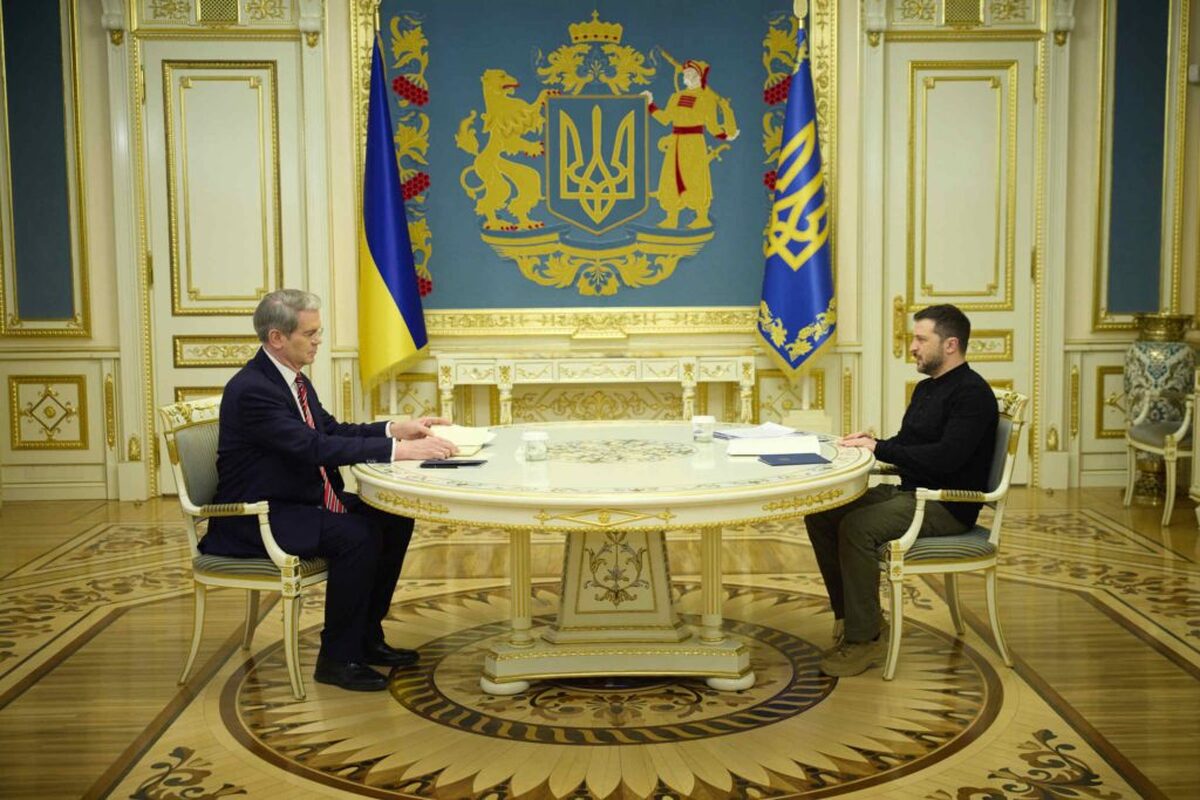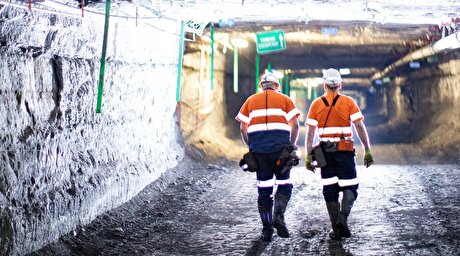
Rare earth miner Lynas picks Kalgoorlie for processing plant
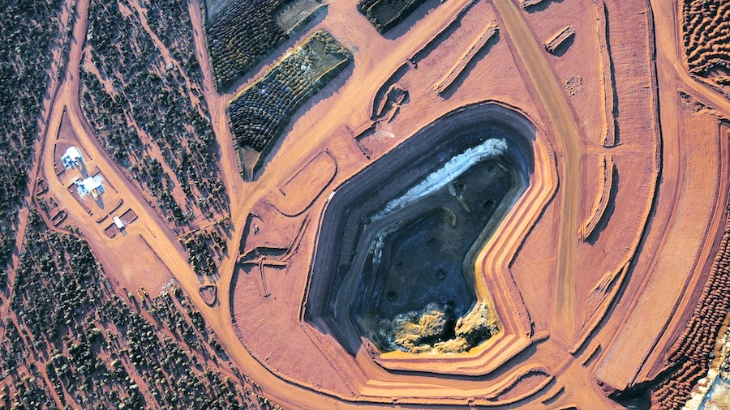
The world’s only major producer of rare earths outside China said planned to begin building the plant, which will perform the first step of concentrate processing, in 2021. Completion is expected late 2022 or early 2023, it said.
The decision is a further step towards delivering on the Australian Government’s Critical Minerals Strategy and the objective of the Western Australian Government for more downstream processing, Lynas said in the statement.
Plant will remove low-level radioactivity from rare earths concentrate Lynas ships to Malaysia.
The miner also said it planned to explore opportunities for the next stage of rare earth processing (upstream solvent extraction) in Western Australia.
Lynas, which controls just over 10% of the global rare earths market, said last month it was fine-tuning funding plans to build a separation plant in Texas.
The facility would be the world’s only large-scale producer of separated medium and heavy rare earth products outside of China, which currently accounts for 70% of global production. Beijing also controls 90% of a $4 billion global market for materials used in magnets and motors that power phones, wind turbines, electric vehicles and military devices.
After relentless attacks in Malaysia from environmental groups and locals fearing the effects of radioactive waste generated by Lynas’ refinery, the miner agreed to relocate it to Western Australia by 2025. The deal was a condition imposed by the Southeast Asian country to renew Lynas operating licence.
Despite their name, the 17 minerals used in magnets and motors that power phones, wind turbines, electric vehicles and military devices are not rare. According to the US Geological Survey (USGS), they are roughly as common as copper. But, because rare earth ores oxidize quickly, extracting them is both difficult and extremely polluting.
In the past three months, The Trump administration has stepped up efforts to ensure the supply of critical minerals from outside China. As part of those initiatives, it recently signed a memorandum of understanding with Greenland to conduct a hyper-spectral survey to map the country’s geology.
Washington has also gained the support of Australia, which has committed to facilitate potential joint ventures to improve rare earth processing capacity and reduce reliance on Chinese rare earths. The mineral agencies of the both countries signed last week a research agreement to quantify their reserves of critical mineral reserves.

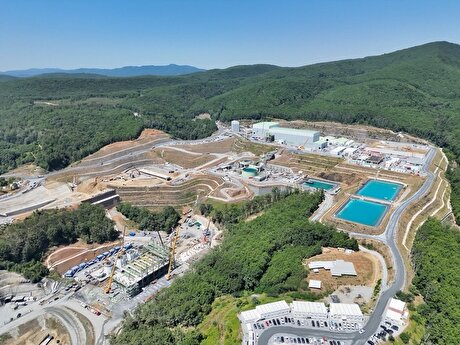
Eldorado to kick off $1B Skouries mine production in early 2026
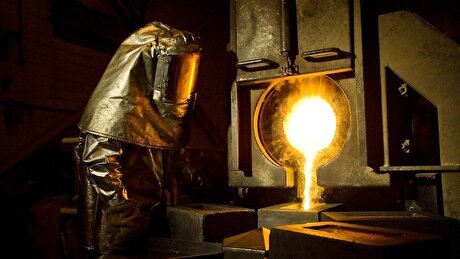
Newmont nets $100M payment related Akyem mine sale
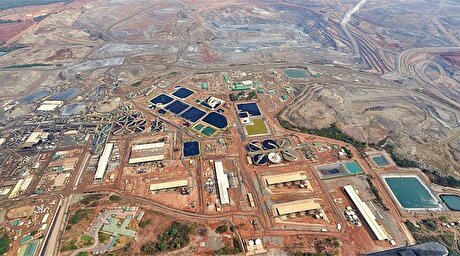
First Quantum scores $1B streaming deal with Royal Gold
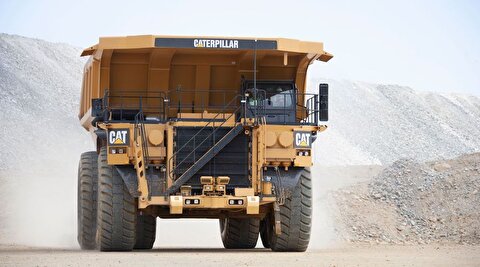
Caterpillar sees US tariff hit of up to $1.5 billion this year
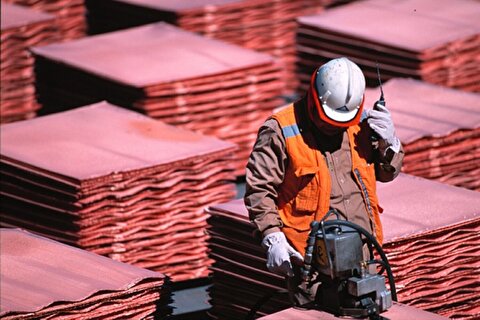
Copper price collapses by 20% as US excludes refined metal from tariffs
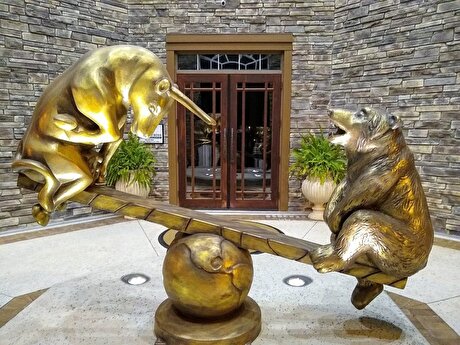
Gold price rebounds nearly 2% on US payrolls data
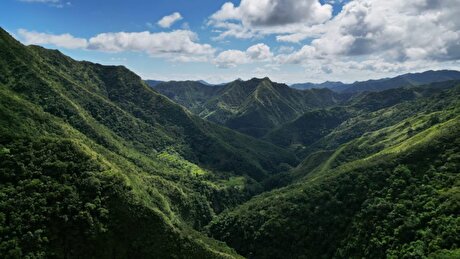
St Augustine PFS confirms ‘world-class’ potential of Kingking project with $4.2B value
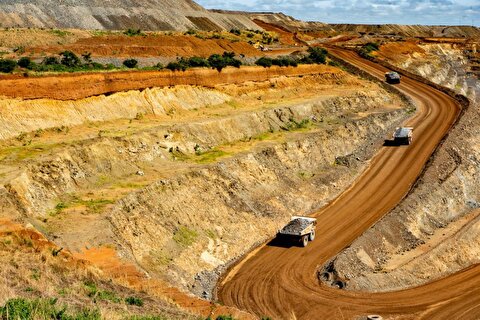
B2Gold gets Mali nod to start underground mining at Fekola
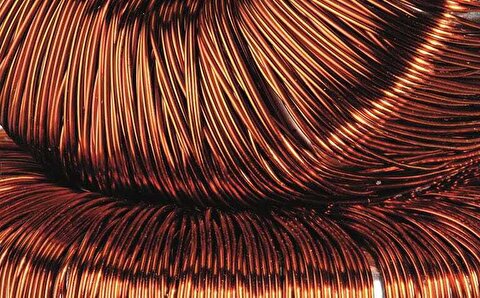
Copper price posts second weekly drop after Trump’s tariff surprise
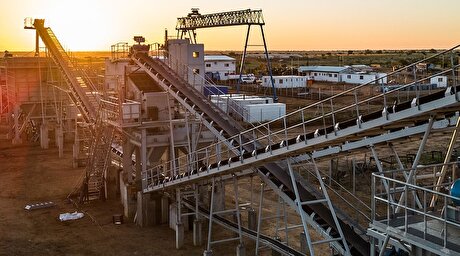
NextSource soars on Mitsubishi Chemical offtake deal
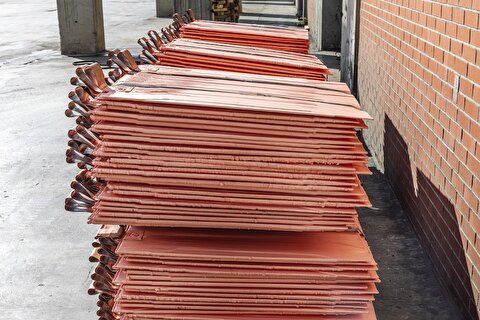
Copper price slips as unwinding of tariff trade boosts LME stockpiles
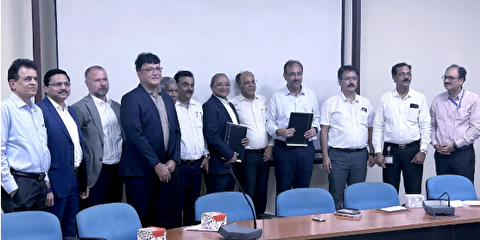
SAIL Bhilai Steel relies on Danieli proprietary technology to expand plate mill portfolio to higher steel grades
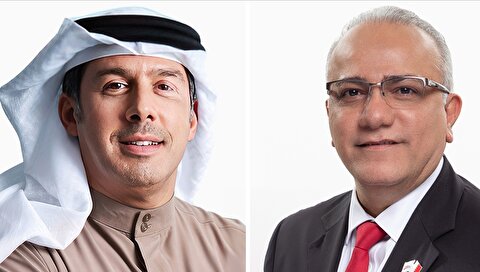
Alba Discloses its Financial Results for the Second Quarter and H1 of 2025
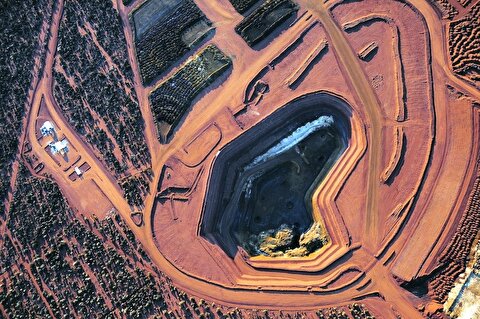
Australia weighs price floor for critical minerals, boosting rare earth miners
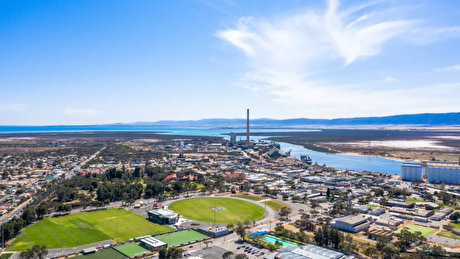
Australia pledges $87M to rescue Trafigura’s Nyrstar smelters in critical minerals push
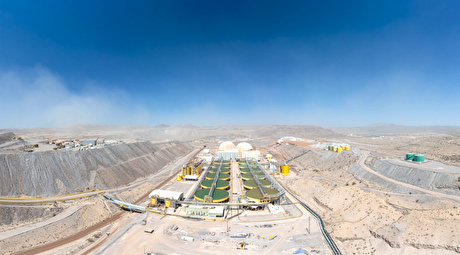
Fresnillo lifts gold forecast on strong first-half surge
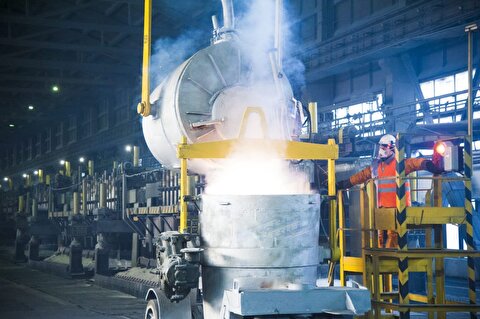
Why did copper escape US tariffs when aluminum did not?
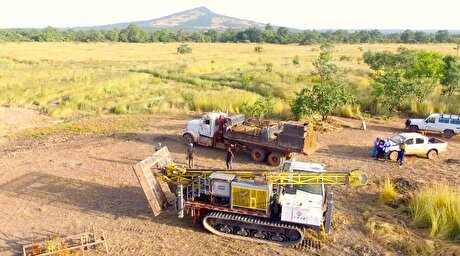
Fortuna rises on improved resource estimate for Senegal gold project

Caterpillar sees US tariff hit of up to $1.5 billion this year

NextSource soars on Mitsubishi Chemical offtake deal

Copper price slips as unwinding of tariff trade boosts LME stockpiles

SAIL Bhilai Steel relies on Danieli proprietary technology to expand plate mill portfolio to higher steel grades

Alba Discloses its Financial Results for the Second Quarter and H1 of 2025

Australia weighs price floor for critical minerals, boosting rare earth miners

Australia pledges $87M to rescue Trafigura’s Nyrstar smelters in critical minerals push

Fresnillo lifts gold forecast on strong first-half surge

Why did copper escape US tariffs when aluminum did not?

Fortuna rises on improved resource estimate for Senegal gold project

